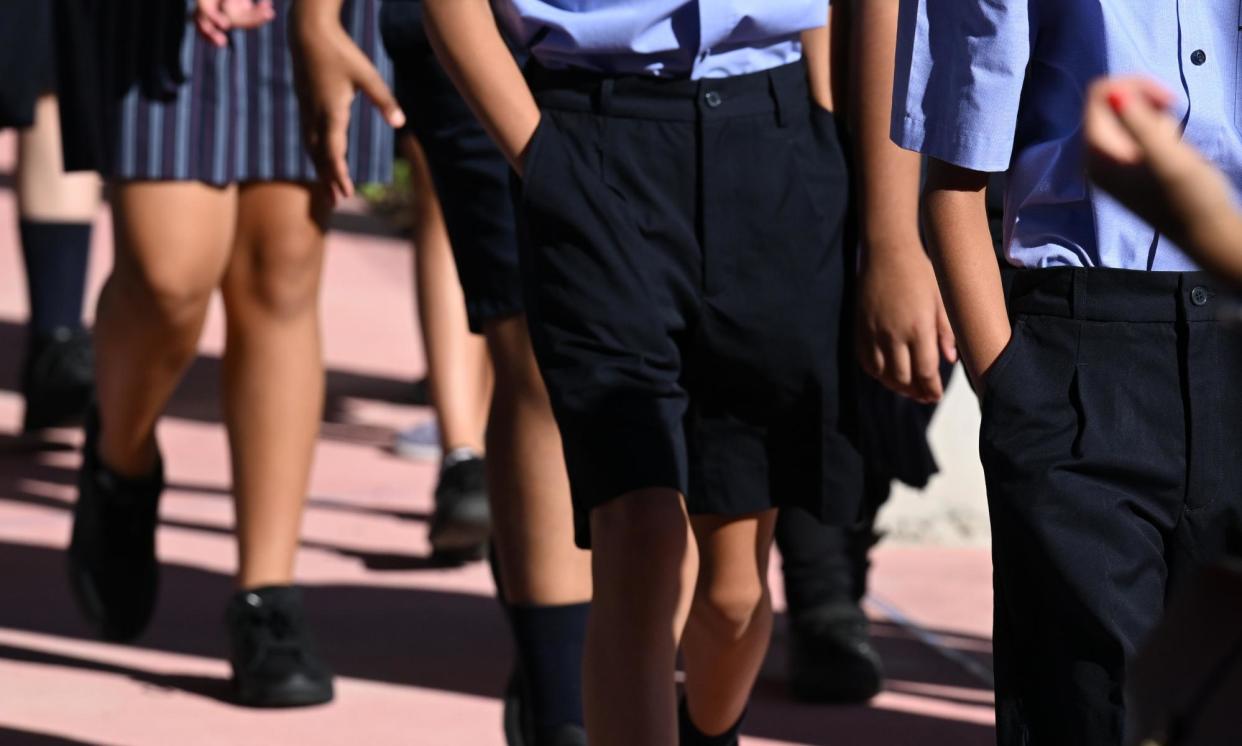To assert Western Australian public schools will be fully funded by 2026 is simply not true

The new school funding agreement between the Albanese and Western Australian governments is a significant step forward for the funding of public schools. It has several positives but the claim that WA public schools will be fully funded by 2026 is simply untrue. Public schools will be under-funded by about $1.6bn over the next five years.
There are some strong positives in the agreement. The Albanese government has broken with the arbitrary limit placed on Commonwealth funding of public schools by the Turnbull government. The Commonwealth is no longer restricted to funding only 20% of the Schooling Resource Standard (SRS) of public schools and has agreed to put in an extra 2.5% in this agreement.
Another positive is that the WA government has agreed to start clawing back the cuts it made to its funding share of public schools over the past five years. It cut its funding share from 84.4% of their SRS in 2018 to 75% in 2024. Its share will now increase by 2.5% by 2026 but this is still far short of what it was in 2018.
Related: Australia’s new education report fails to target the roots of structural inequality | Glenn Savage
The two governments claim these increases will ensure that public schools will be fully funded at 100% of their SRS by 2026. This is a deliberate misrepresentation. Accounting tricks in the previous funding agreement struck by the states with the Morrison government cheat public schools but are retained in the new agreement.
These accounting tricks allow the WA government to claim non-school expenditures as part of its SRS funding share for public schools. It can claim expenditures on school transport, capital depreciation and preschools up to 4% of its SRS share. On top of this, it can also claim expenditure on the School Curriculum and Standards Authority and other regulatory functions as part of its SRS share. All these expenditures are specifically excluded from how the SRS is officially measured.
In opposition, Labor promised to end the “accounting tricks” that allowed the states to artificially boost their funding share of the SRS of public schools. Now in government, Labor has broken this promise. Labor’s education minister, Jason Clare, has avoided reaffirming this promise and now we know why. The WA education minister’s only justification for prolonging the accounting tricks is that “every other state does it”.
There is a case for a greater role for the Commonwealth in funding public schools
This loophole was conjured up between the Morrison government and the states in the last agreement. The Coalition disowned any responsibility for public schools and state treasury departments opportunistically took advantage of the neglect.
These accounting tricks mean that the current funding share of the WA government is actually only 70.6%, not 75%. The new agreement will only get its funding share to 73.1% over the next five years, substantially less than it was in 2018. Overall, with Commonwealth funding, WA public schools will only be funded to 95.6% of their SRS by 2026, not 100%. The cumulative under-funding over five years will be about $1.6bn.
The WA agreement will be taken by other states as a benchmark for their own negotiation with the Albanese government. The failure of the federal education minister to implement the promise of his predecessor in opposition means that the cheating of public schools will now be set in stone for another five years. It means public schools will have been cheated by billions over 10 years.
Related: The spending arms race at elite private schools is out of control | Trevor Cobbold
Other states are now demanding that the Commonwealth increase its funding share to 25%. There is a case for a greater role for the Commonwealth in funding public schools.
While the states have primary constitutional responsibility for education, the national government has a responsibility to ensure that the rights of all citizens to a quality education are upheld. It has a responsibility to ensure that all children, whatever their background and wherever they live, receive an education adequate to prepare them for full participation in the community as citizens.
The Gonski report emphasised the joint responsibilities of the Commonwealth and the states to ensure that all children receive a quality education and to improve equity across the nation means that the funding shares have to be negotiated, hopefully in good faith rather than in a cynical game of pass the parcel.
The future of public education is at stake in the negotiations of the bilateral funding agreements. The states must stop shirking their responsibilities to public schools as they have for at least the last five years. They must disavow the tricks they have perpetrated on public schools. If they want the Commonwealth to put in an extra 5% they must end the 4% plus rort.
Trevor Cobbold is national convenor of Save our Schools Australia


